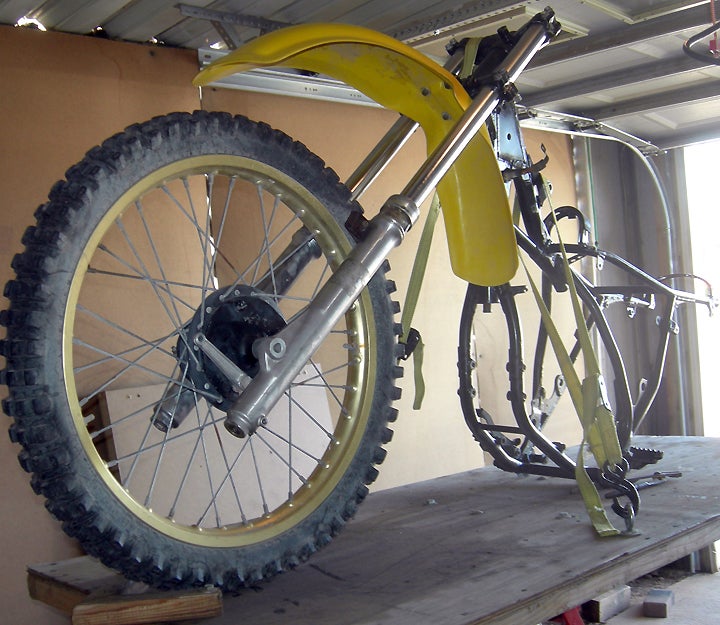
This part of the Project Lowbucks series should be a warning to you. And we should have known better when we first got the bike.
Normally, we get a project bike for any of the low bucks series, we try to make sure that most of the parts we’re going to need are there or are readily available. While we did that with our Yamaha YZ125, we failed to pay attention to something that drove us nuts later on. That is, a whole bunch of parts had been hammered on by the previous owner trying to get them on or off. Consequently, a simple thing like getting the triple clamps back on the bike turned out to be a flaming nightmare.
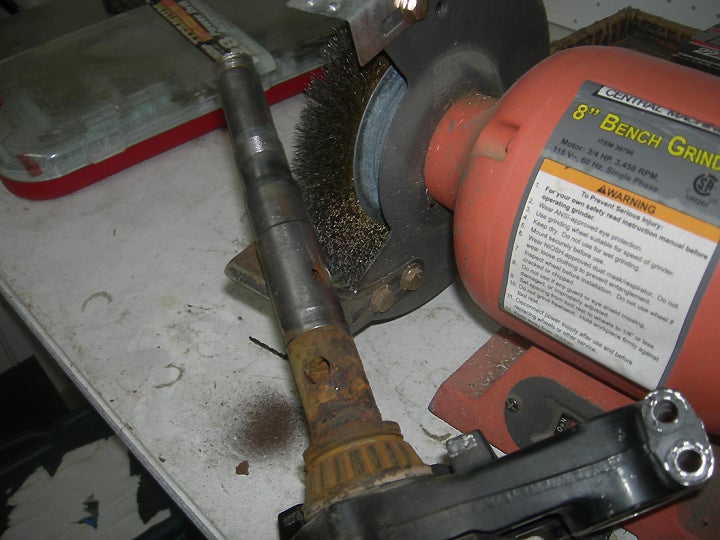
We had to take the forks and triple clamps off the bike in order to paint the frame and to free up the steering stem, as it was rusted solid inside the steering head. We didn’t realize that the previous owner had taken a hammer to them like a madman. After we got rid of all the rust on the stem and steering head, we tried to put everything back to stock. Lots of luck. We couldn’t get the fork tubes through the triple clamps. We then tried to tap some screwdrivers into the gaps in the clamps. Nope. Still couldn’t get it done.
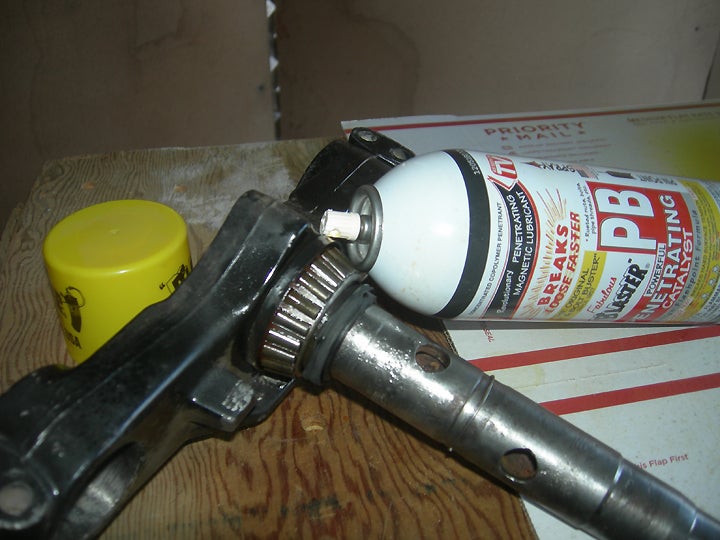
So we took a trip down to my buddy Wes’s shop. It took Wes, me, a shop helper, some serious chisels and a heavy hammer to get the job done. Yep, six hands and a half hour of swearing to get the clamps done right. So let this be a warning to you if you start a project bike.
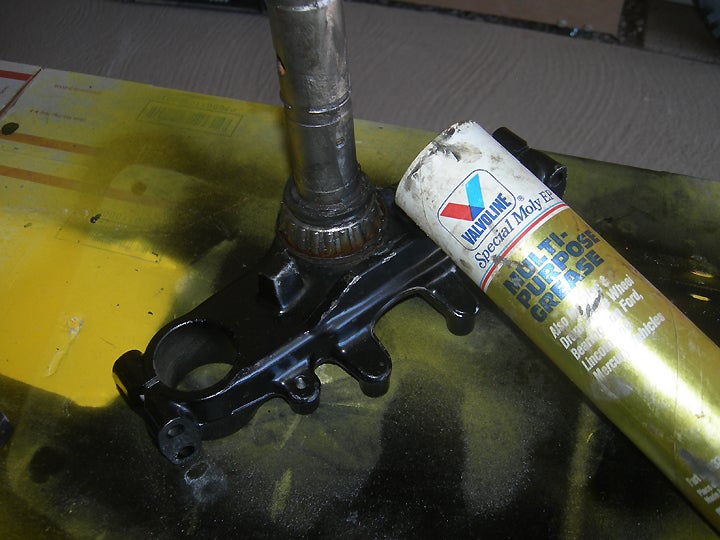
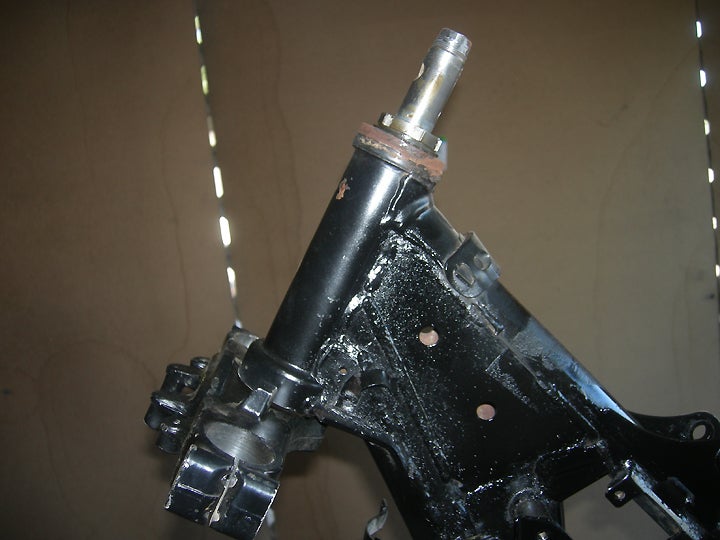
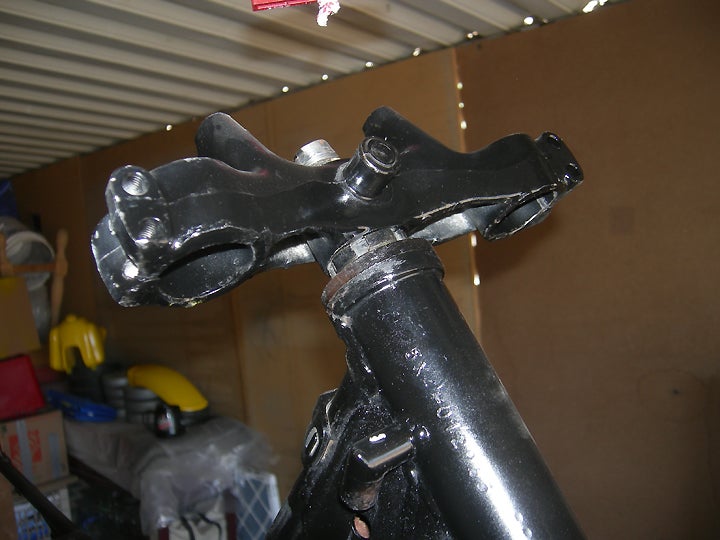
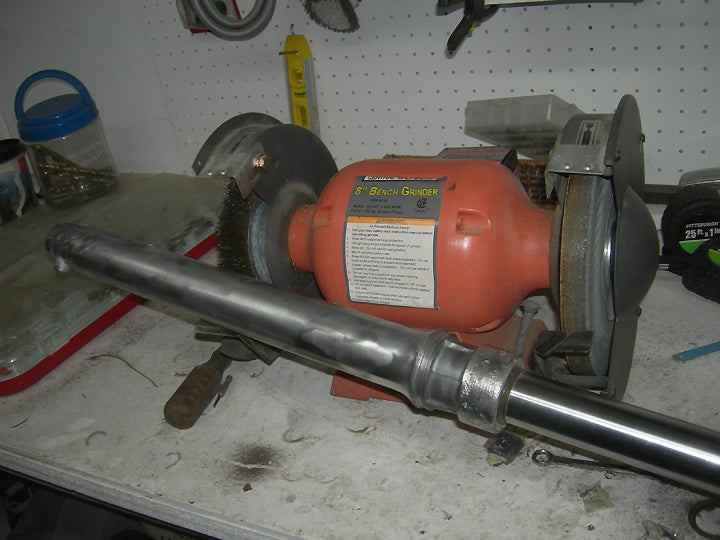
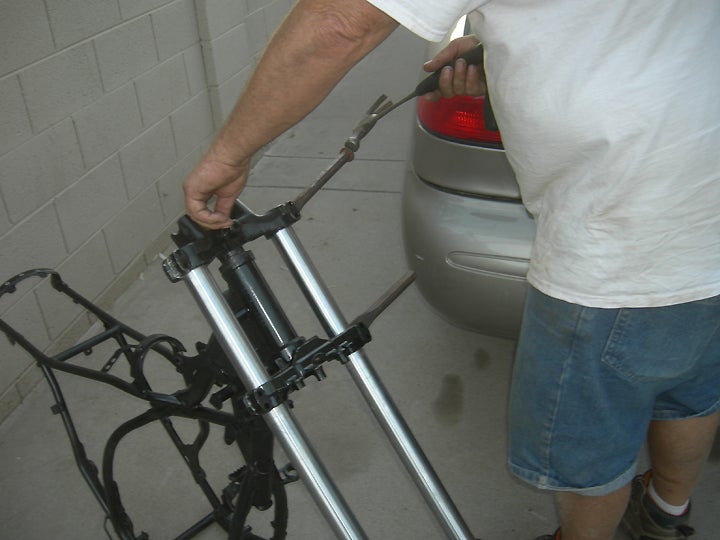
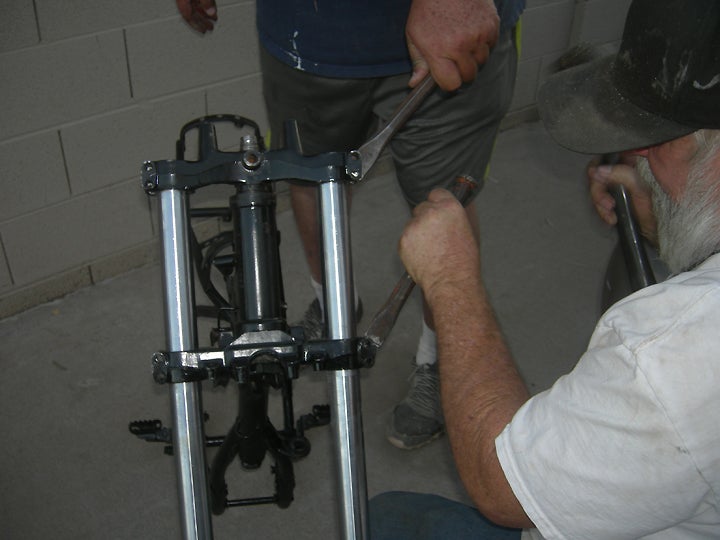
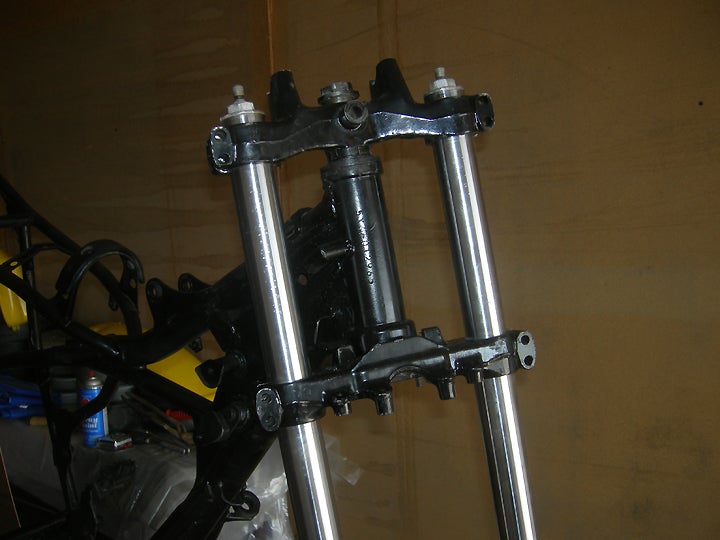
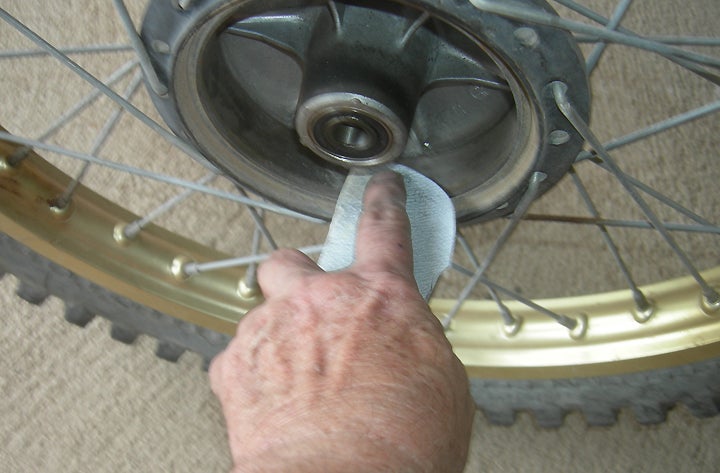
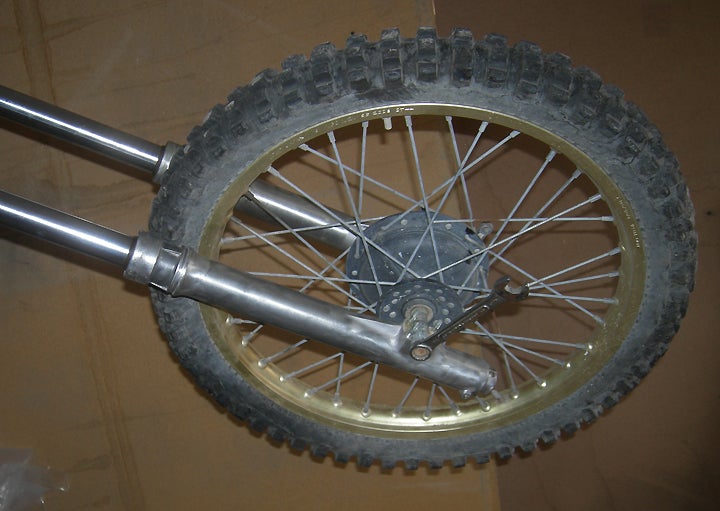
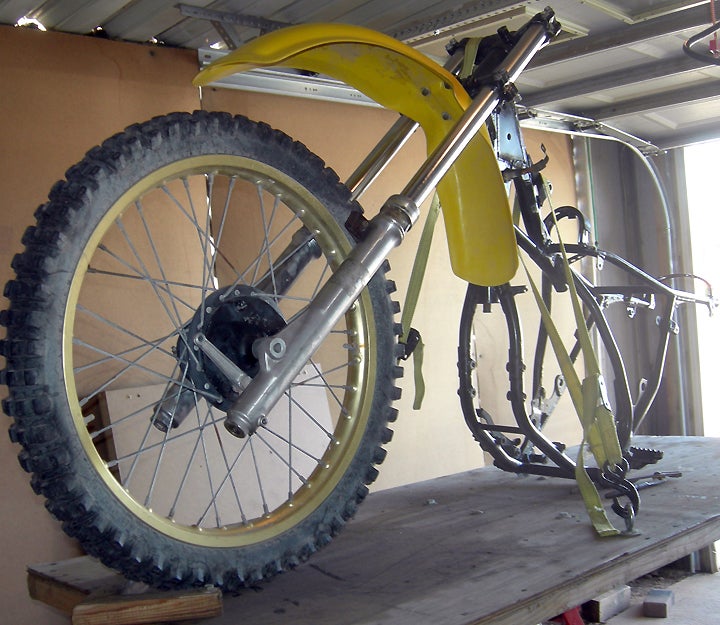
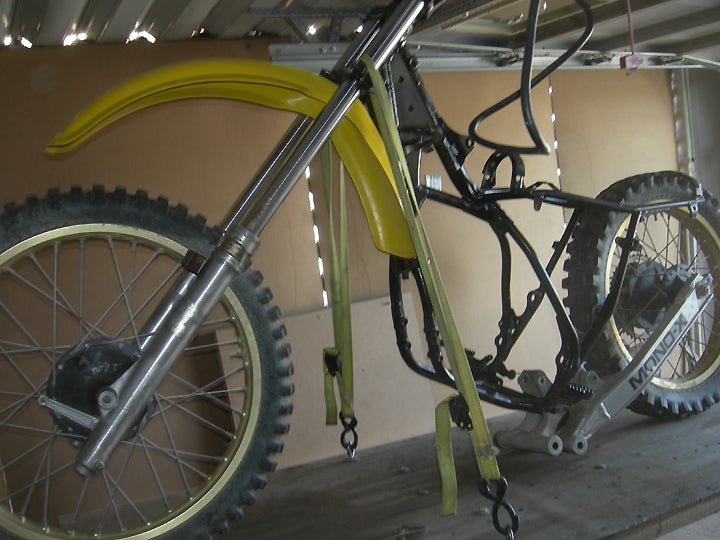
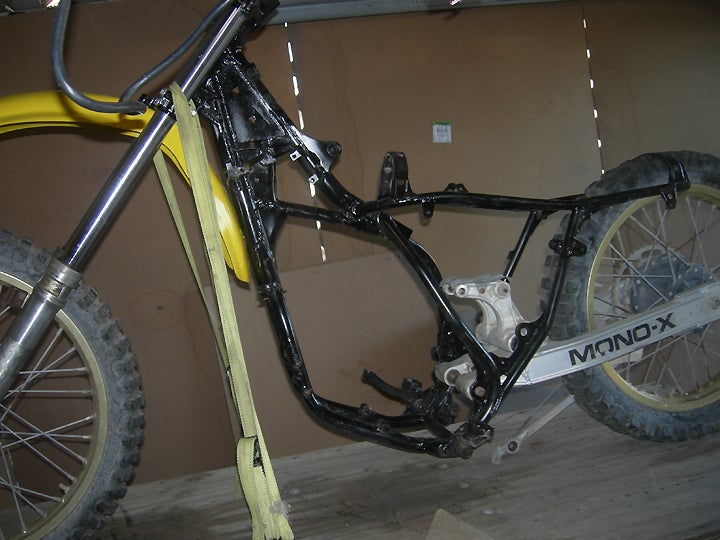
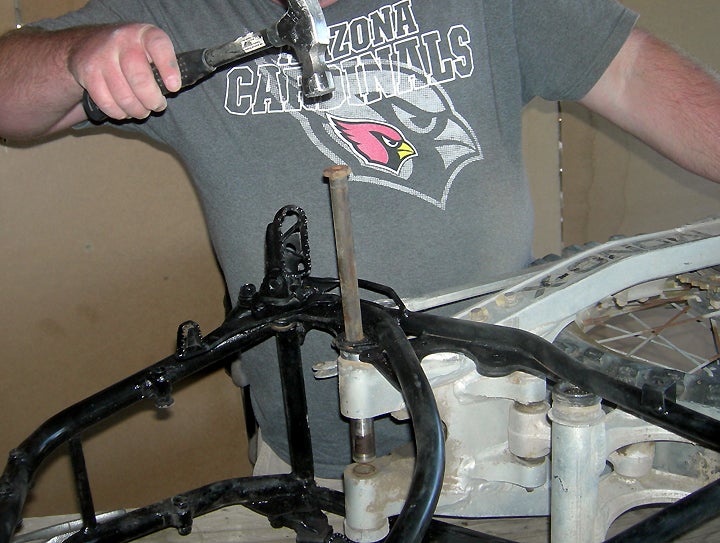
 Your Privacy Choices
Your Privacy Choices